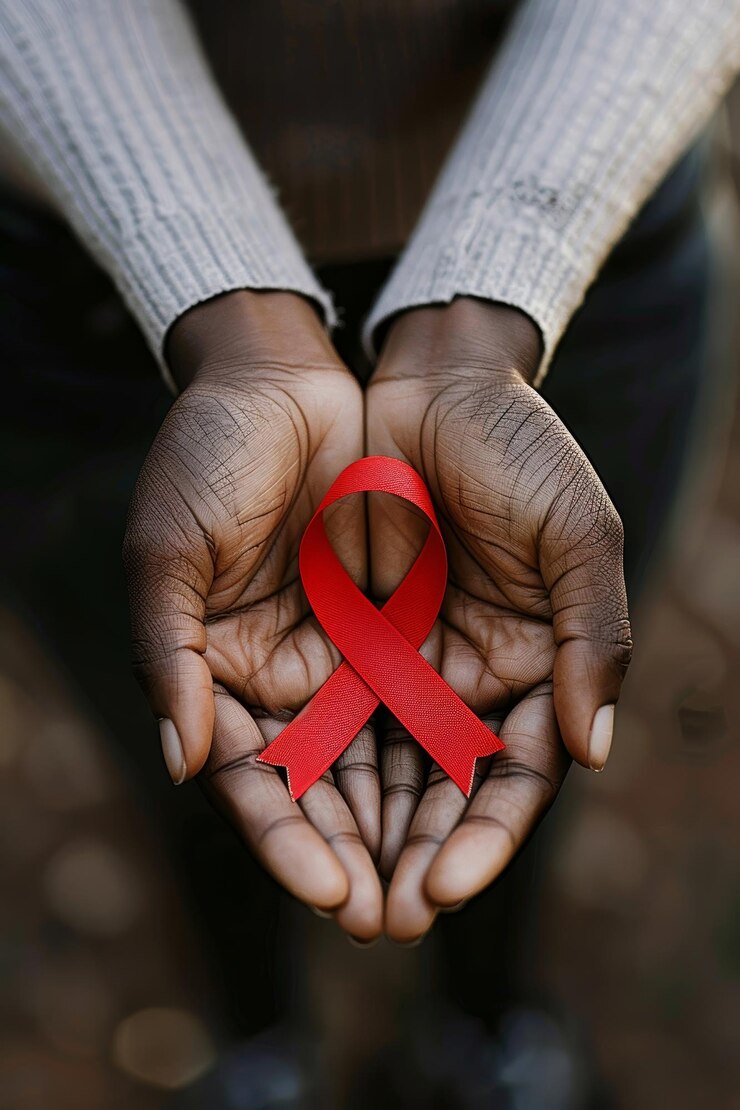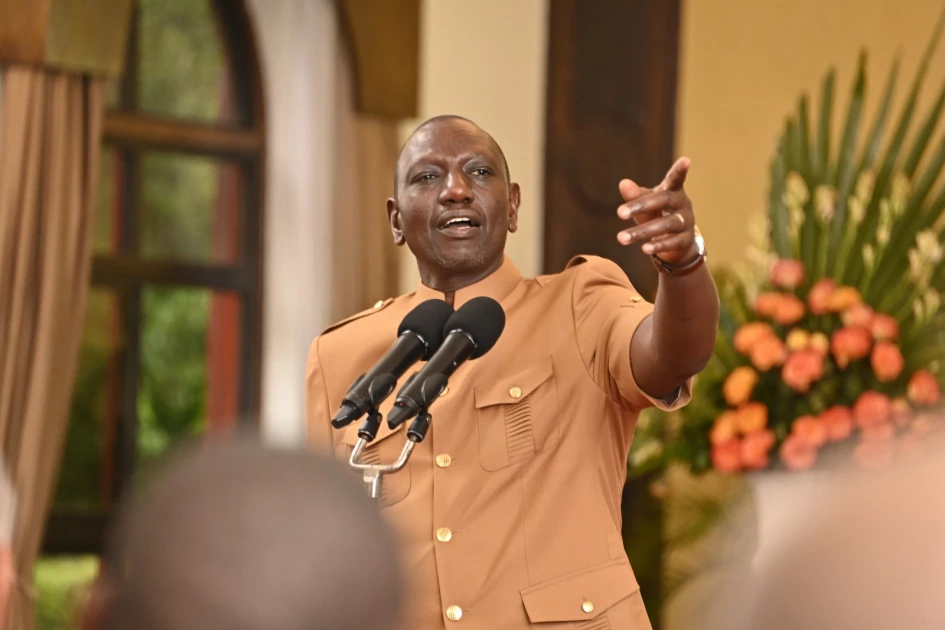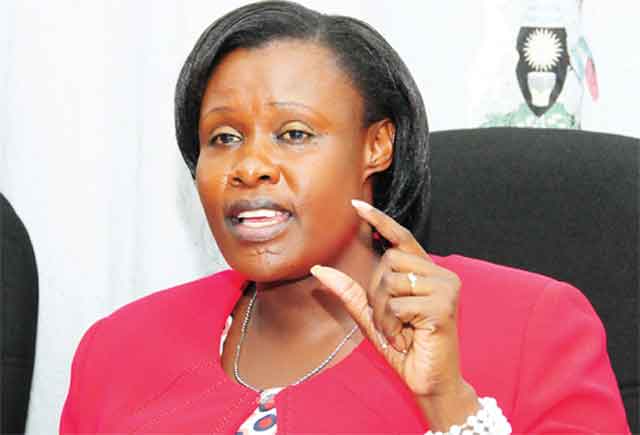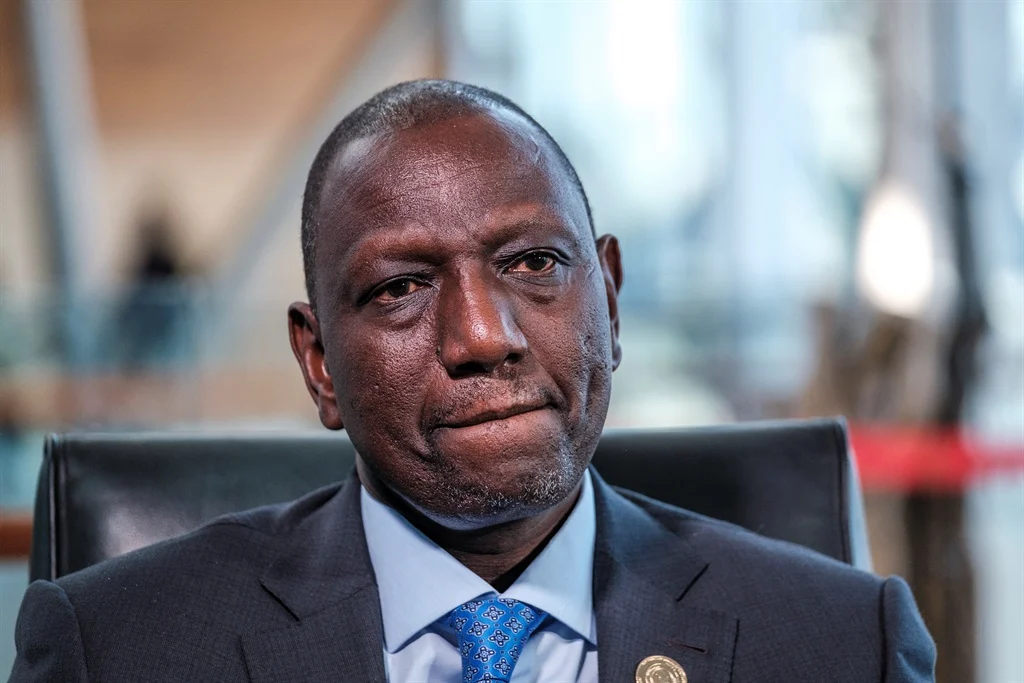A flagship HIV prevention and treatment programme in Kenya, funded by the Global Fund to Fight AIDS, Tuberculosis and Malaria, has failed to meet its key targets despite an approved budget of billions of Kenyan shillings. Launched in 2021 and concluded in June 2024, the programme aimed to expand HIV testing, reduce new infections, and enhance treatment access for key populations.
Performance reports, highlight significant shortfalls, financial irregularities, and unutilized funds, raising questions about the effectiveness of one of Kenya’s most heavily funded public health initiatives. The Global Fund, a Geneva-based financing mechanism, supports large-scale prevention, treatment, and care programmes in over 40 African countries, including Nigeria, South Africa, Uganda, Mozambique, and Ethiopia, with a mission to end HIV, tuberculosis, and malaria epidemics.
In Kenya, the programme sought to reduce morbidity and mortality from HIV/AIDS, sexually transmitted infections, and viral hepatitis, eliminate mother-to-child HIV transmission, and scale up access to testing and antiretroviral therapy (ART). Yet, internal assessments reveal critical failures:
- The target of 97,220 medical male circumcisions, a proven HIV prevention method, was missed by over 31,000 procedures, a 33% shortfall.
- Kshs 167 million in donor funds remained unutilized by the programme’s closure in June 2024, indicating delays or poor resource management.
- An outstanding interest of Kshs 330,000 from 2018 remains unaccounted for, violating Kenya’s Public Finance Management Regulations, which mandate clearing temporary advances within seven days.
These deficiencies highlight gaps in operational efficiency, financial oversight, and programme execution, undermining the initiative’s impact on Kenya’s HIV response.
Kenya has made notable strides in its broader HIV response over the past decade, according to the Ministry of Health:
- New HIV infections declined by 83% between 2013 and 2023, from over 100,000 to 16,752 cases.
- As of December 2023, 1.3 million people living with HIV were accessing ART across 3,752 health facilities.
- Viral suppression among adults on treatment reached 97%, a key milestone in reducing transmission.
- Mother-to-child HIV transmission dropped from 14% in 2013 to 7.3% in 2023, with a target of below 5% by 2025.
These national gains, supported by multiple stakeholders, demonstrate Kenya’s capacity to combat HIV. However, the failure of this specific Global Fund programme suggests localized challenges in implementation and accountability. The approval of a new $407 million Global Fund grant in mid-2024 reflects continued international confidence in Kenya’s broader health system, but it also underscores the need to address programme-level weaknesses.
The underperformance of a well-funded initiative raises critical questions: How can a programme with clear targets and substantial resources fall short in a country with a strong HIV response? What mechanisms failed to allow such lapses in financial management and target achievement?
In a nation where health resources are vital, the failure to fully utilize Global Fund allocations and deliver on HIV prevention goals represents a missed opportunity for thousands of vulnerable Kenyans. The Global Fund, its implementing partners, and the Ministry of Health must strengthen oversight, improve resource allocation, and ensure accountability to prevent future setbacks.
As Kenya positions itself as a leader in digital health and infectious disease management, transparency and strategic execution are essential. The lessons from this programme’s shortcomings must inform future efforts to sustain trust among donors and serve communities effectively.





